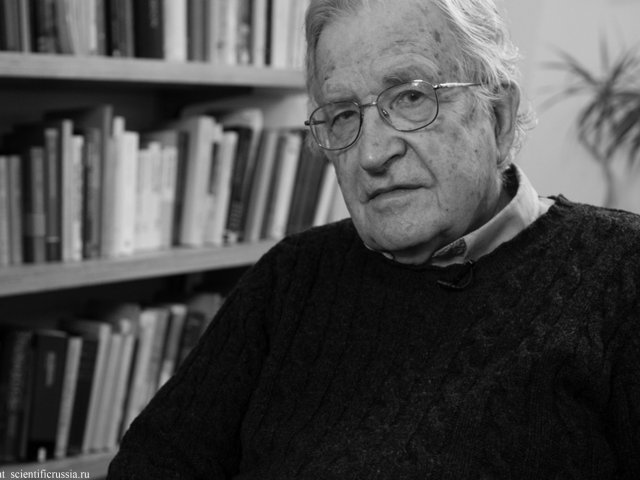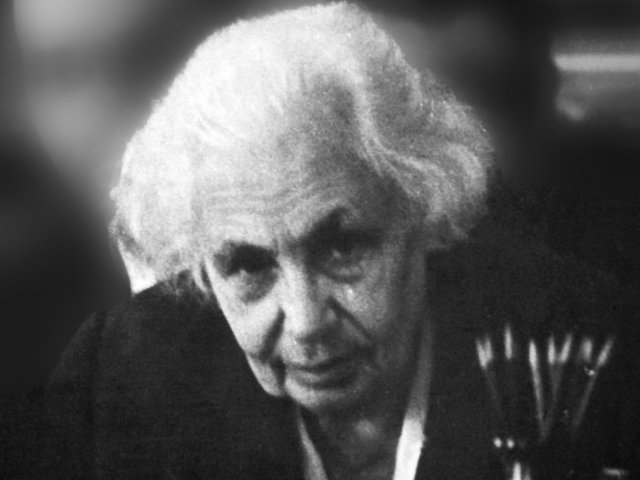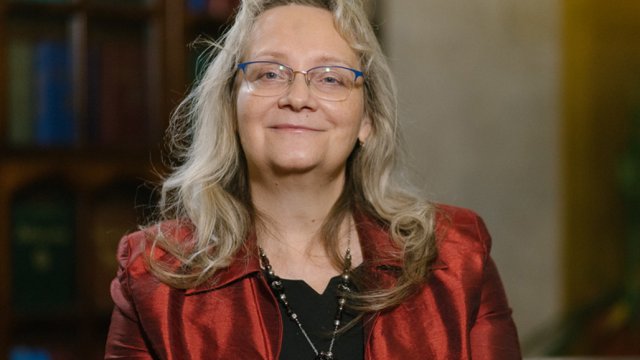Official:
Ilya Mikhailovich Frank. 10 (23) October 1908 – June 22, 1990. Soviet Physicist. Member of the Academy of Sciences of the USSR. Nobel Prize Winner. Two-times winner of the Stalin Prize and State Prize of the USSR.
Life and Work:
1. In 1934, Pavel Cherenkov, a postgraduate student of academician Sergey Vavilov, discovered specific blue radiation of transparent liquids when the latter were exposed to fast charged particles. In 1937, this fact was interpreted by Igor Tamm and Ilya Frank using the classical electrodynamic theory. Two decades later Cherenkov, Tamm, and Frank were awarded the Nobel Prize in physics for this discovery.
2. The future Nobel Prize winner was born in Saint Petersburg in the family of Mikhail Ludvigovich Frank, a graduate of Bavarian Technical School and later a professor of mathematics. The grandfather – Ludwig Semyonovich – graduated from Moscow University and took part in the Russo-Turkish war as a military doctor. He was granted personal nobility and the order of Saint Stanislav for his feats. Frank’s great-grandfather was a tea trader and one of the founders of the Jewish community in Moscow.
3. The youngest of the two sons of the Frank family was sickly and often stayed home from school. However, he did not feel bored at home – he got interested in the books on biology and mathematics he found in his father’s library.
4. In Yalta, in the Crimea, Ilya Frank attended school and industrial and economic college, then he was a non-resident student at Simferopol Teacher Training Institute where his father taught at that time. There the future scientist worked at the physics laboratory and chose his future career path.
5. In Simferopol, Ilya Frank wrote his only work in mathematics. The article “Geometrical conclusion of the generalized Catalan theorem” was published in the Mathematical Education Journal in 1928.
6. In 1926, Frank entered the faculty of physics and mathematics of Moscow University. In the second year he began working with professor Vavilov, and this fruitful cooperation spanned many years. However, Frank kept his interest in mathematics: he completed the course in both physics and mathematics.
7. Upon graduation Frank moved to Leningrad where the State Optics Institute was located. His research into photochemical processes using optical and spectroscopical methods was highly original and refined. The outcome was Frank’s doctoral thesis titled “Elementary Processes at Optical Dissociation.”
8. In 1934, Sergey Vavilov invited Frank to join the Institute of Physics and Mathematics of the USSR Academy of Sciences that the same year was divided into two separate bodies: the Steklov Mathematics Institute and the Lebedev Physics Institute. Ilya M. Frank spent many years working at the latter.
9. In 1934-1935, the Academy of Sciences arranged a complex field trip to Elbrus to study space rays. Ilya M. Frank was an academic secretary of the mission. There he investigated space rays using the Wilson chamber method and studied the night sky light.
10. The world fame and the Nobel Prize came to Ilya Frank with the interpretation of the Vavilov-Cherenkov effect, i.e., the blue radiation of liquids impacted by gamma-rays. Igor E. Tamm and Ilya M. Frank suggested that the radiation was caused by electrons that gamma-rays pushed out of electronic atom shells when moving at the speed exceeding the speed of light in this medium.
11. Vavilov insisted that Frank should switch to working in nuclear physics, and Ilya Mikhailovich could not neglect his mentor’s advice. In the 1940s Frank participated in the creation of the first Soviet uranium-graphite reactor, i.e., he contributed heavily to the creation of the nuclear bomb.
12. In 1946, Frank established the Atomic Core Laboratory at the Institute of Physics and became its head. In the 1940s and 1950s the scientist taught at Moscow State University, headed the laboratory for radioactive radiation at the Nuclear Physics Research Institute at Moscow State University.
13. In 1957, Frank directed the establishment of Neutron Physics Laboratory at the United Institute for Nuclear Research at Dubna. He also became the head of this laboratory.
14. Professor Frank is remembered by his contemporaries as a gentle and tactful person. His colleagues appreciated his depth and clarity of thinking and emphasized his scientific intuition.
15. Ilya Mikhailovich’s elder brother Gleb became a famous biophysicist, a full member of the USSR Academy of Sciences and director of the Institute of Biophysics of the USSR Academy of Sciences at Puschino.
16. “Love is good, but a golden bracelet is better,” Professor Frank used to say. He referred to theory as “love,” and to the outcomes of experiments as “a golden bracelet.” Sometimes he would add “in case the bracelet is not a fake” meaning the need to thoroughly check the experimental data.
17. Frank was among the full members of the USSR Academy of Sciences who signed the scientists’ letter published in 1973 in the Pravda newspaper denouncing academician Andrey Sakharov. Academicians considered his human rights activity as defamatory of the Soviet scientist. Until the end of his life Fran regretted having succumbed to the influence of then-president of the Academy of Sciences and having signed the letter. Ilya Mikhailovich apologized in public to Andrey Dmitrievich.
Photo: https://clck.ru/RHWBL






















